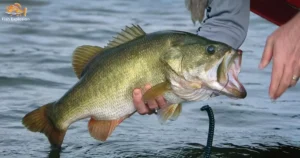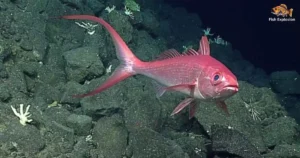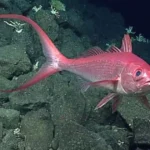Fish are a remarkably diverse group of aquatic vertebrates that inhabit oceans, rivers, lakes, and streams around the world.
These cold-blooded animals breathe through gills and have a streamlined body shape and fins that enable them to swim efficiently in their watery environments. Understanding the classification and diversity of fish is of vital importance for several reasons. Proper classification allows us to comprehend the evolutionary relationships between different fish species and how they have adapted to various ecosystems over millions of years.
This knowledge is essential for fields like biology, ecology, and conservation. Additionally, the ability to identify and categorize fish aids in efforts to protect threatened or endangered species, manage fisheries sustainably, and maintain the delicate balance of aquatic habitats. With over 30,000 species ranging from primitive jawless fish to the highly successful ray-finned varieties, unraveling the complex taxonomy of these remarkable creatures is a crucial endeavor.
The Classification of fish
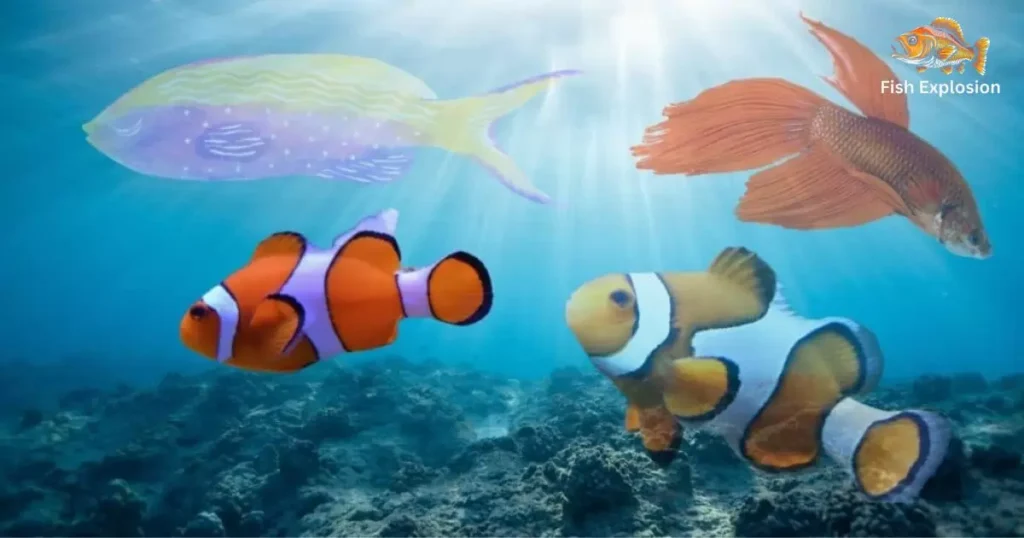
It follows a hierarchical system that reflects their evolutionary relationships and shared characteristics. At the broadest level, fish belong to the phylum Chordata, which encompasses all animals possessing a notochord, a stiff rod-like structure that serves as a precursor to the backbone, at some point during their development. The Montana Game and Fish department is responsible for managing and protecting fish species in the state of Montana.
Within this phylum, fish are members of the subphylum Vertebrata, consisting of species with a well-developed vertebral column or backbone.
More specifically, fish are grouped under the superclass Pisces, which includes all fish species, both living and extinct. This superclass is further divided into classes based on skeletal anatomy and fin types, such as the jawless fish, cartilaginous fish, ray-finned fish, and lobe-finned fish.
These classes then branch into orders, families, genera, and finally individual species, with each level representing a more refined grouping based on increasing degrees of similarity in traits like body shape, fin structure, jaw type, and other key evolutionary adaptations.
Different types of fish and their Categories
Fish can be categorized in several ways including by their skeletal structure, environment, physical features and taxonomic classification. The main categories of fish are cartilaginous fish and bony fish.
Here are the following types of fish and their categories:
Jawless Fish (Agnatha)
Among the most ancient lineages of fish are the jawless fish or agnathans, representing the most primitive group within this class of vertebrates. These fish lack jaws and paired fins, instead possessing a cartilaginous skeleton and a notochord that extends the full length of their bodies to provide structural support.
One striking example is the hagfish, an eel-like creature that dwells on the ocean floor and is infamous for its ability to rapidly produce copious amounts of slime to deter predators. Another well-known jawless fish is the lamprey, identified by its circular, sucker-like mouth ringed with rows of rasping teeth.
Some lamprey species are parasitic, using this oral disk to latch onto other fish and feed on their blood and flesh, while non-parasitic lampreys consume smaller prey. The survival of these jawless fossil fish offers a glimpse into the evolutionary origins of modern fish and their derived characteristics.
Cartilaginous Fish (Chondrichthyes)
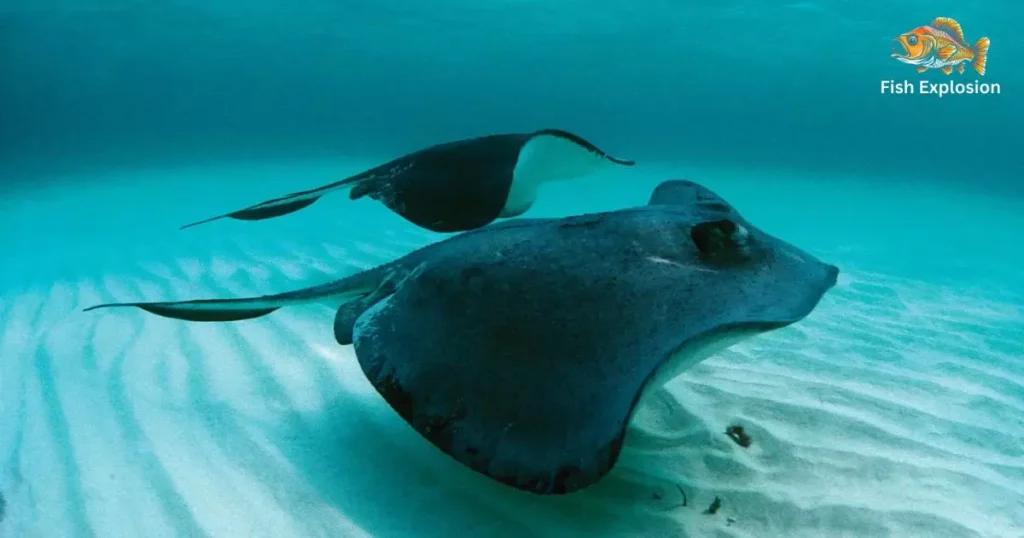
Cartilaginous fish, also known as Chondrichthyes, are a class of fish that have skeletons made of cartilage rather than bone. This group includes sharks, rays, and chimeras.
Their cartilage skeletons give them some distinct characteristics compared to bony fish – their skeletons are lighter in weight which helps them maintain buoyancy in water but also makes them slower growing and less able to actively regulate their body temperatures than bony fish.
Despite their cartilaginous skeletons, some sharks have evolved tricks to incorporate some rigidity, such as having dozens of tiny tooth-like structures called dermal denticles covering their skin, which acts like living armor. Their cartilage skeletons are also able to continuously remodel throughout the life of the animal.
Bony Fish (Osteichthyes)

Bony fish make up the large majority of fish species and include many common fish that are important as food sources and aquarium fish. In contrast to cartilaginous fish, bony fish have skeletons composed of true bone rather than cartilage.
Having a bony skeleton provides several advantages – it is stronger and less susceptible to injury than cartilage, allows for more rapid growth, and facilitates an active regulation of buoyancy and internal temperature via specialized swim bladders and circulatory systems.
Some distinguishing characteristics of bony fish include the presence of scales that helps protect their skin, movable jawbones, and the use of modified fins for activities like flying or climbing out of water. Commercially and ecologically significant bony fish include salmon, cod, tuna, catfish and cichlids to name a few.
Some common and ecologically important bony fish families and orders include salmon, tuna, cod, catfish, cichlids, flatfish, perch, carp, and pufferfish. Salmon of the family
- Salmonidae are known for their long migrations and tuna of the family Scombridae provide nutritious sushi and canned meat.
- Cod, of the family Gadidae, are lean whitefish abundant in colder northern waters.
- Catfish, under the order Siluriformes, thrive in freshwaters with their barbells and armor-like scales.
- Cichlids in the family Cichlidae are diverse in tropical and subtropical regions. Flatfish like flounders of the order Pleuronectiformes are asymmetrical swimmers. Perch of the family Percidae include colorful freshwater species.
- Carp of the family Cyprinidae are efficient plant-eaters highly farmed as food. Pufferfish of the family Tetraodontidae store toxins and require careful preparation.
Other Fish Categories
Fish can further be categorized into other groups based on unique anatomical features. Jawless fish, marine versus freshwater species, and endangered and threatened varieties represent some other distinguishing classifications.
Jawless Fish
- Lampreys, an eel-like parasitic fish with a toothed, funnel-like sucking mouth but no jaws.
- Hagfish are similarly eel-shaped and jawless with a sucker-like mouth, notable for sliming to deter predators and feeding on carrion.
FAQ’s
What are the different categories of fish?
The main categories of fish are cartilaginous fish and bony fish. Other categories include jawless fish, marine fish, freshwater fish, endangered/threatened fish species.
What are the 7 levels of classification of fish?
The 7 levels of classification from broad to specific are: domain, kingdom, phylum, class, order, family, genus/species.
What is the classification of fish according to the Kingdom?
Fish belong to the Kingdom Animalia.
How many types of fishes are there in the world?
There are over 33,000 known species of fish in the world based on fossil and living records. New species are still being discovered.
Conclusion
There exists a diverse variety of fish species around the world that can be categorized in different ways according to their anatomical features and evolutionary relationships. The main categories of fish are divided based on their skeletal structure into cartilaginous fish and bony fish.
Within these groups there are several families, orders and species that demonstrate a wide range of adaptations for their habitats and modes of life. Further classifications consider the environment of marine or freshwater residence as well as key distinguishing anatomical traits. The taxonomy of fish classification spans from broad domains to specific genera.
Continued research enhances our understanding of fish biology and evolution as new discoveries are made. With over 33,000 known fish species globally, the classification system aims to organize this diversity and reflect evolutionary patterns and relationships between different fish types.
Meta Description
With three years of dedicated expertise in the niche of fish, my domain knowledge encompasses breeding, habitat maintenance, health management, and sustainable aquaculture practices, ensuring optimal outcomes in the aquatic realm.


